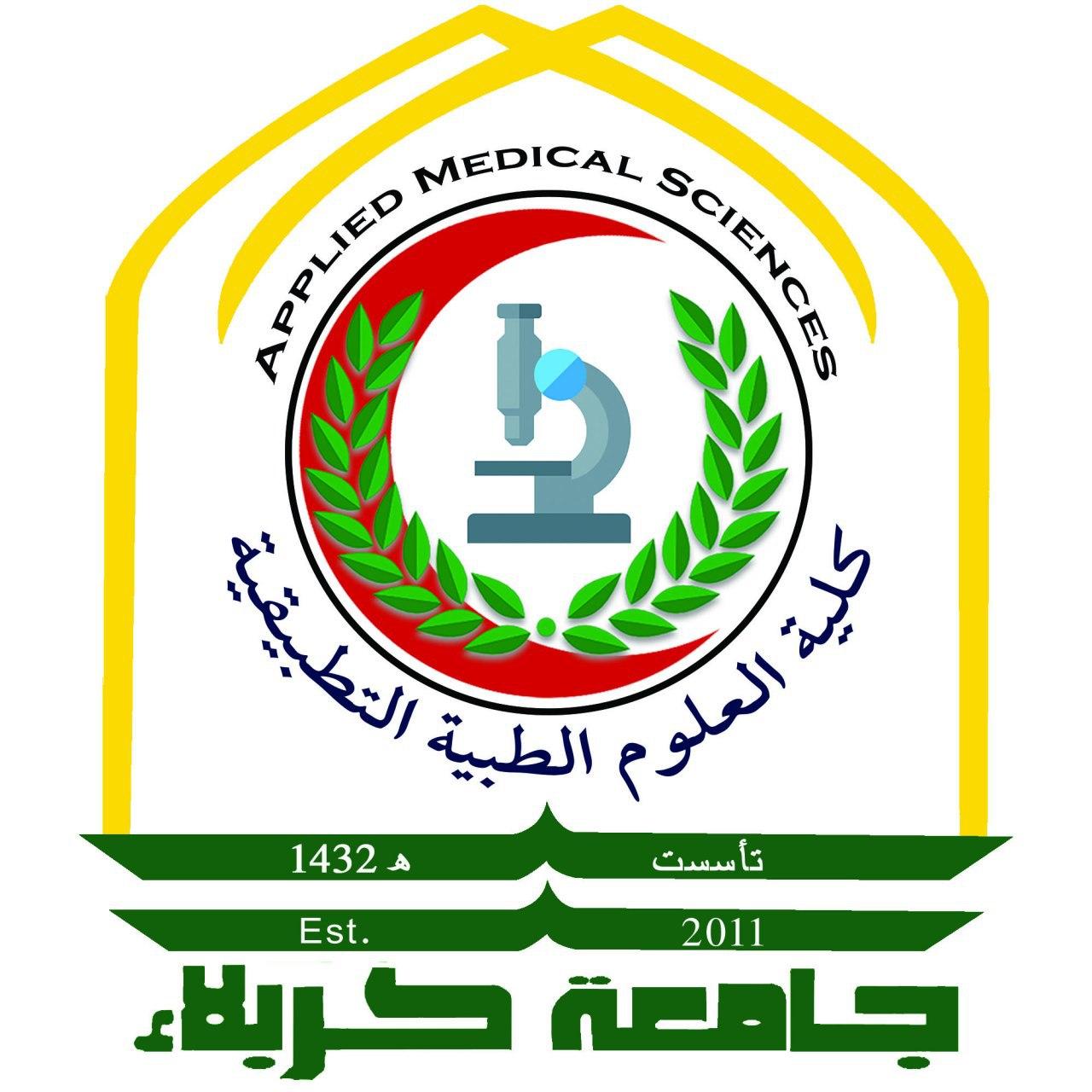Blog
Helicobacter Pylori, Infection, Virulence Factors and Treatment: A Review
ABSTRACT
Gastric and ulcer peptic disease is a common disease in the community. Considering the close relationship between peptic ulcer and gastritis caused by Helicobacter pylori. The prevalence of H. pylori increased markedly with age with the maximum colonization (81.5%) occurring in adults (40-60 years). H. pylori are bacteria that can cause an infection in the stomach or duodenum (first part of the small intestine). It is the most common cause of peptic ulcer disease. H. pylori can also inflame and irritate the stomach lining (gastritis). Untreated, long-term H. pylori infection can lead to stomach cancer (rarely). H. pylori multiply in the mucus layer of the stomach lining and duodenum. The bacteria secrete an enzyme called urease that converts urea to ammonia. This ammonia protects the bacteria from stomach acid. As H. pylori multiply, it eats into stomach tissue, which leads to gastritis and/or gastric ulcer. Symptoms include dull or burning stomach pain, unplanned weight loss and bloody vomit. H-pylori-caused ulcers are commonly treated with combinations of antibiotics. Usually two antibiotics are prescribed. Among the common choices are amoxicillin, clarithromycin (Biaxin®), metronidazole (Flagyl®) and tetracycline and Proton pump inhibitor: Commonly used proton pump inhibitors include lansoprazole (Prevacid®), omeprazole (Prilosec®), pantoprazole (Protonix®), rabeprazole (Aciphex®) or esomeprazole (Nexium®) and Bismuth subsalicylate: Sometimes this drug (eg, Pepto-Bismol®) is added to the antibiotics plus proton pump inhibitor combinations mentioned above. This drug protects the stomach lining. Combination treatment is usually taken for 14 days. One newer medication, Talicia®, combines two antibiotics (rifabutin and amoxicillin) with a proton pump inhibitor (omeprazole) into a single capsule.
Post Views: 328

